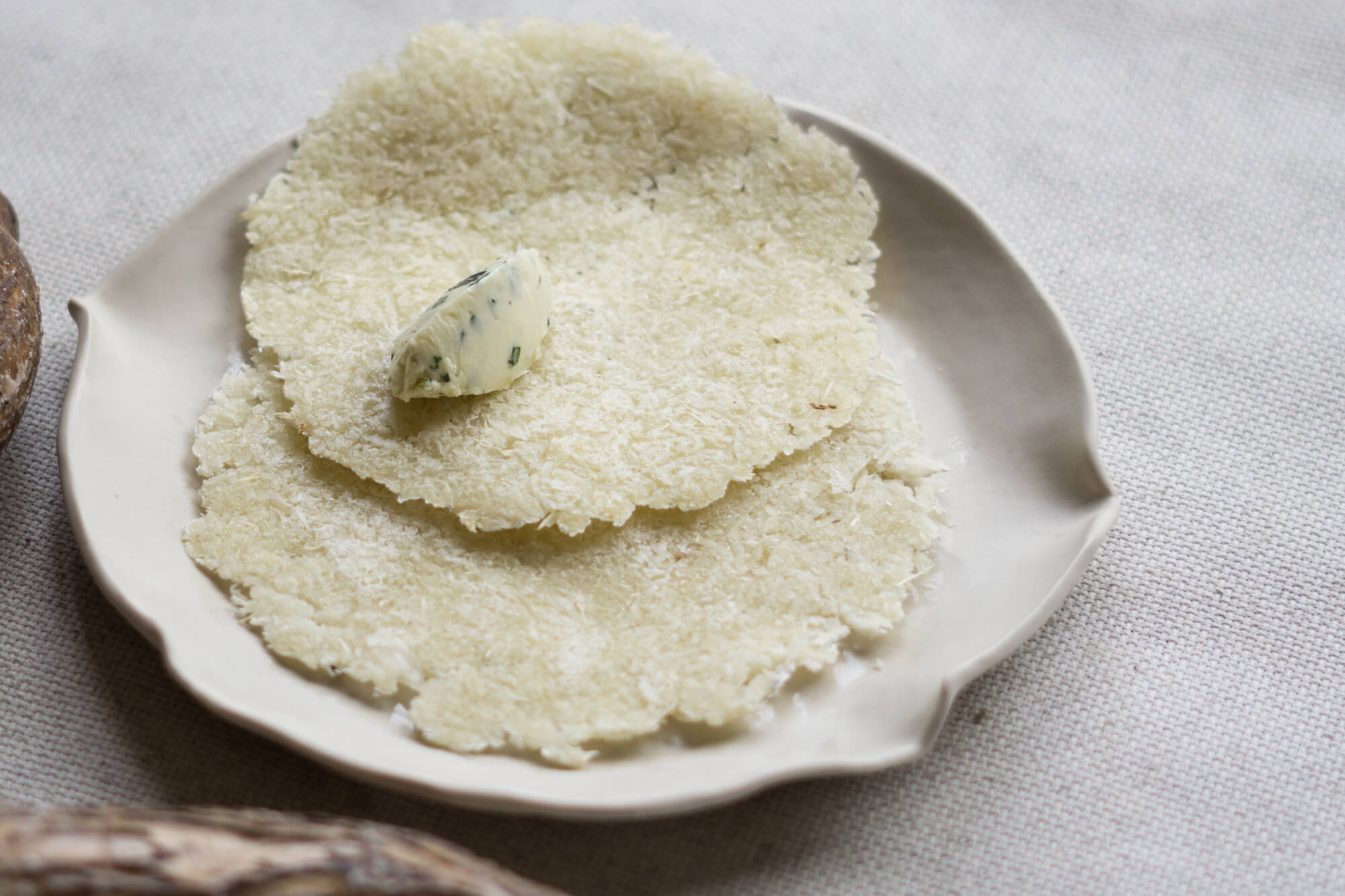While the Amazon diet didn’t traditionally have your typical staples - corn, rice, potatoes, which were all later introduced - it did have cassava.
Cassava, also known as yuca, manioc, and Brazilian arrowroot, is a shrub native to the Amazon and tropical South America. It has spread around the globe though and is now grown and consumed from Africa to Asia. It is also the extract of the cassava plant that produces tapioca.
It is the root of the cassava plant that is the main ingredient but the leaves are also used quite often in Amazonian cooking and are actually much more nutritious.
The key to using any part of the cassava plant though is to first remove the deadly cyanide. Yes, this plant, a staple in not only Amazonian cooking but now around the world, has enough cyanide in each plant to kill a rat.
Despite the dangers, native Amazonian tribes discovered a few simple and effective ways to process the root and leaves, allowing them to enjoy this easily found and harvested wild ingredient.
To an outsider first discovering cassava, or to a researcher pulling it out of a seed bank many generations from now, it might seem strange that a culture would rely so heavily on a plant that, well, could kill you. The cassava plant does not, and can not, tell the whole story.
Traditional knowledge, the knowledge of how to process and prepare cassava, is invaluable.
Once you understand that this seemingly poisonous root is actually easily transformed into a key staple of the Amazonian diet, it no longer seems so unforgiving or as dangerous.
A true staple, cassava is used by many native tribe through the Amazon region in dozens of recipes. From fermented drinks to chibé porridge to flour for baking and the famous tucupi sauce, cassava provides the base ingredient for almost every meal.
There are actually two varieties of cassava root used in these recipes. You will see them differentiated by color (yellow or white), by taste (bitter or sweet), or by the label wild or farmed.
The wild, yellow, bitter version of the plant is more commonly found in the Amazon and is favored for certain traditional recipes, especially tucupi sauce. Tucupi is easily one of the most important sauces of Amazonian cuisine, especially in Brazil, but is extremely difficult to replicate due to the wild cassava component.
Wild cassava contains on average close to double the amount of cyanide as the more common white cassava.
Even in the Amazon, most families now-a-days buy their tucupi sauce from local small scale producers rather than process the cassava themselves which can take a day or more and must be done properly to avoid poisonous levels of cyanide.
Cassava sold in most supermarkets around the world though is the much less dangerous white, sweet variety. With this cassava you can easily replicate a few less complicated Amazonian recipes, including the gluten-free, paleo friendly cassava flatbread.
Called casabe in Spanish speaking regions or beiju in Brazil, the flatbread recipe most likely originated in the very northern regions of the Amazon, in present day Guyana and Suriname.
Similar in texture to a tortilla or crepe when warm and a cracker when cold, cassava flatbread is regularly served in many Amazonian homes. It is also common as a street food in larger towns and villages. It is made with nothing but cassava root and a dash of salt though it is often served with butter, cheese, or other local ingredients.

Amazon Cassava Flatbread
This very simple flatbread is an important staple made with the common cassava (yuca) root
1 lb (450g) white cassava
Salt to taste
Peel the cassava root to remove the skin and finely grate the white flesh.
Using cheesecloth, squeeze out as much liquid as possible from the grated cassava. Discard the liquid which contains the cassava cyanide (see note below).
Break up any lumps in the cassava and add salt to taste.
Add a palm full of grated cassava to a hot skillet and spread out in a thin even layer. Do not add any oil to the pan.
Cook both sides of the cassava flatbread until golden brown.
Serve the cassava flatbread warm for a soft tortilla texture or cool for a crisp cracker texture.
* The cassava liquid can be used for other traditional recipes but it is important to process it further to remove the cyanide
-
Amazonian
|
Vegetarian
|
Vegan
|
Dairy Free
|
Gluten Free



